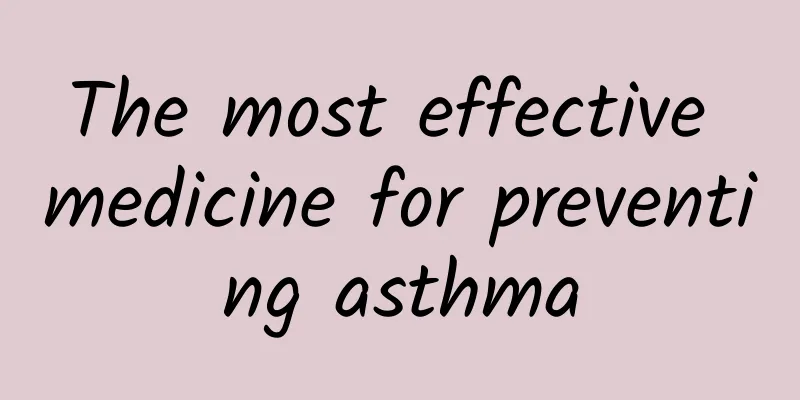Cultivation methods and precautions of mosquito repellent grass

|
Every year when summer comes, mosquitoes come out. Mosquito control is one of the main events in summer. Many people choose to arrange some green plants with anti-mosquito effect at home. Mosquito repellent grass is one of the common types. At present, mosquito repellent grass is available on the market, but how to raise mosquito repellent grass? This is a problem. So, what are the methods and common problems of mosquito repellent grass? Let's learn about it together! How to raise mosquito repellent grass 1. Soil layer: Mosquito repellent grass prefers neutral and loose needle soil, and is generally fertilized once every 15-20 days. The mosquito repellent effect is best when the plant height is 30 cm and has 40 leaves, and the withered and yellow leaves should be removed at any time. The seedlings grow very fast, so the pots should be turned frequently during the seedling stage. In June, use 6 parts of peat soil, 1.5 parts of colored stone, 1.5 parts of pottery, and 1 part of coal ash as a special homemade culture soil with a pH value of acid to neutral. You can also buy selected products (pH 5.5-7) from the flower wholesale market. The cultivation matrix soil for foliage plants. After six months, the main stem is highly adaptable and can be planted in any soil. The biennial main stem and trunk are woody and can be pruned and shaped at will according to personal preferences. 2. Fertilizer and water: Water should be poured once after each potting. Fertilizer can be applied after the seedlings have been acclimatized for 10 days. Autumn and spring are the best time for the main stem to grow. Use 20-10-20 and 14-0-14 water-soluble compound fertilizers at 200ppm and submerge every 15 days. Watering should follow the scientific principle of alternating dryness and wetness. In hot weather, water less and do not apply fertilizer, which is beneficial to the development of rhizomes and enhance disease resistance. You can also use small amounts of peanut bran and rice washing water when growing it at home. 3. Sunlight: Mosquito repellent grass likes shade and is not resistant to strong light during growth. Especially in summer, it is necessary to increase shade. It can be planted under trees or in the shade. Potted plants at home are usually placed in the room for growth. 4. Temperature: The most suitable growth temperature for mosquito repellent grass is 10-25℃. It can safely overwinter above 0℃ and can normally release the lemon aroma above 15℃. The higher the temperature, the stronger the aroma released. Properly spraying water mist on the main stem leaves can release citronellal continuously, thereby making the mosquito repellent effect better. 5. Diseases: Pests and diseases caused by poor management methods can cause root rot or leaf and stem rot. As the leaves wrinkle, black spots appear, and the entire plant shrinks. This is caused by high humidity, high temperature, poor ventilation or excessive density of seedlings. Pesticides and fungicides such as leuprochloridone or triadimefon (800 to 1000 times dilution) can be sprayed. But don't spray it frequently. Common problems in raising mosquito repellent plants Sudden leaf drop in a short period of time is often caused by a large temperature change or insufficient sunlight. The leaves turn yellow and fall off soon, which is mostly caused by insufficient light and excessive watering. This situation can also occur when the temperature is too low in winter. The dry tips of leaves or the burnt edges of leaves are sometimes caused by strong sunlight or dryness, and sometimes by excessive fertilizer or dry bonsai soil. The branches grow steeply, mainly due to insufficient sunlight, too much base fertilizer and poor watering. They should be moved to a place with light and the branches should be pruned. The appearance of light yellow or dark brown spots like water marks on the leaves may be the adverse effect of over-watering, which may cause mud to splash onto the leaves and then be exposed to the sun. How to grow mosquito repellent grass? Huaduogu has already given everyone a detailed introduction to the cultivation methods and common problems of mosquito repellent grass in the article. I hope it can help everyone. For more basic information, please continue to pay attention to the information of other potted flowers in Huaduogu. |
<<: How much is Cistanche deserticola
>>: The efficacy and function of Huang Girl Fruit
Recommend
Does drinking alcohol cause back pain?
Symptoms of low back pain after drinking are quit...
Nursing of lumbar fracture
In daily life, we should protect ourselves compre...
Dry skin on the legs with white flakes is not necessarily vitiligo
If the skin on the calves becomes dry and white f...
How to do scraping by yourself and what to pay attention to when doing scraping
Gua Sha is a common health care method in Traditi...
What are the benefits of baking soda?
Baking soda is an ingredient commonly used by man...
Causes of white toenails
The whitening of toenails may be caused by onycho...
What to do if pregnant women have thalassemia? Dietary conditioning is effective
Thalassemia is a disease that most people may hav...
Which is more uncomfortable, bronchoscopy or gastroscopy?
Bronchoscopy is an interventional testing and tre...
Ten things to know before using acupuncture to lose weight
Weight loss has now been integrated into the dail...
Breast augmentation, this is the most effective way to enlarge breasts
In daily life, when female friends are doing brea...
How to treat white spots on the body
Vitiligo is a serious skin disease that can appea...
What exactly is the often-mentioned positive constitution?
If the human body constitution is positive and te...
Is bone tuberculosis contagious?
Diseases such as bone tuberculosis are actually s...
Why do we have dandruff?
Dandruff is a common word in our lives, and I bel...
What causes gynecological diseases in girls?
There are many reasons why girls suffer from gyne...









